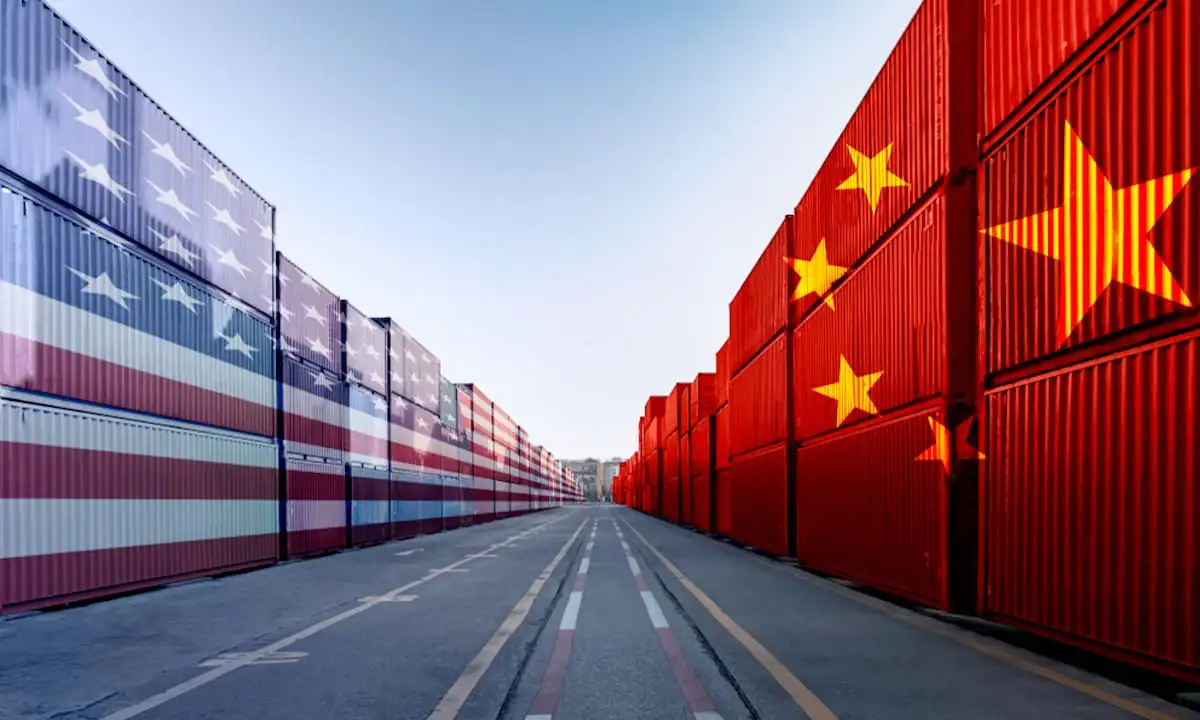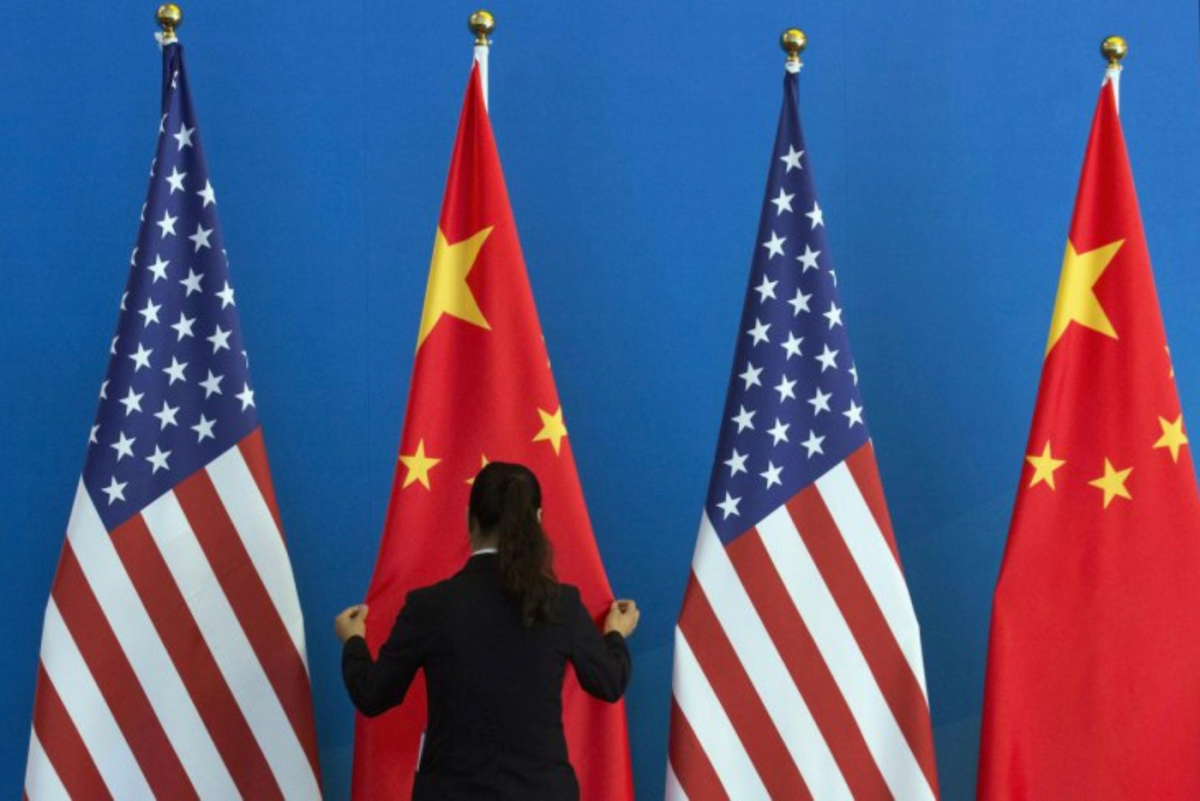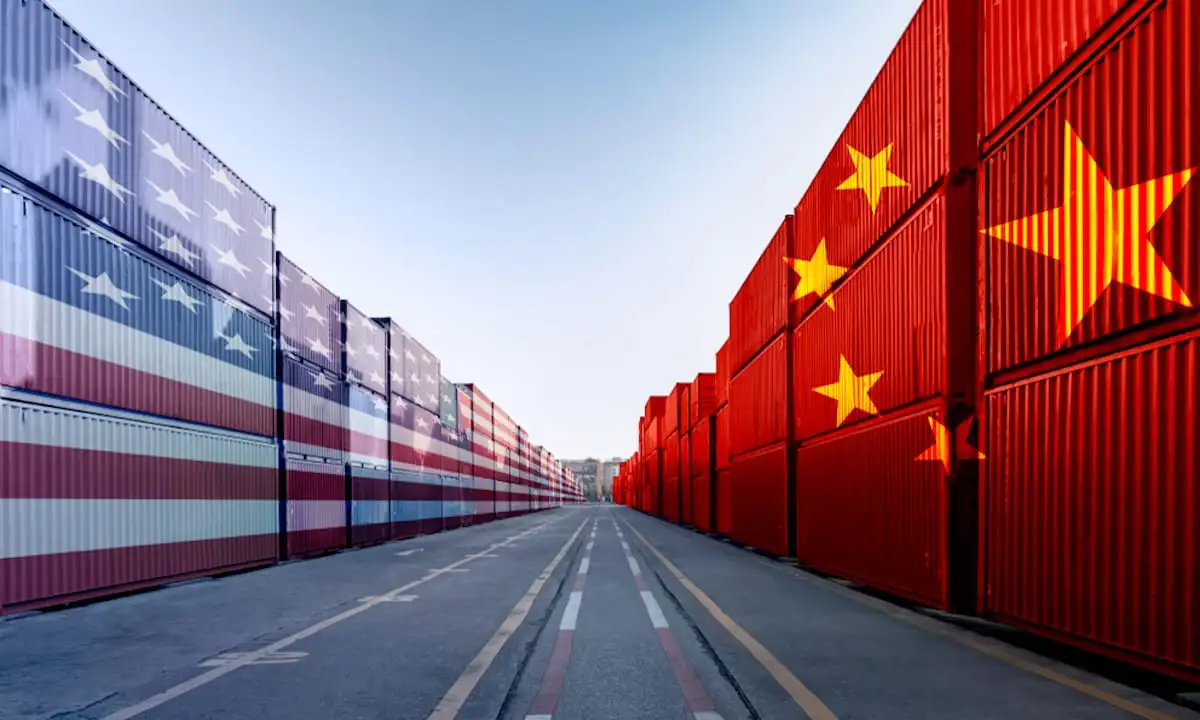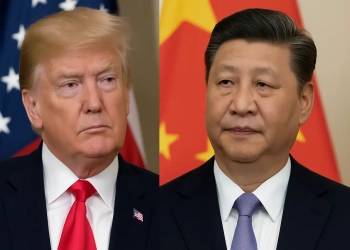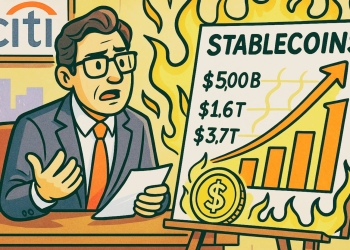Beijing is having trouble jolting its consumer economy and signals of China-US Export Slowdown as US demand are threatening China’s export engine. The export engine of China is crucial for maintaining the country’s growth target of roughly 5% within reach. Chinese sales overseas have provided rare bright spots in China’s $17 trillion economy. These developments occurred amid weak domestic consumption and a long housing slowdown. The United States is still the top market for Chinese goods. So, a China-US export slowdown may affect China’s economy.
In July, dollar-terms fell to 7% year-over-year despite three months of export increases. Pantheon Macroeconomics reports a little decline in monthly export growth to the US when corrected for seasonal factors. Despite years of trade animosity and barriers to safeguard local sectors, the US is China’s top export destination. Thus making it difficult to manage a demand shock there. Another possibility is that the globe would feel the effects of a US recession and buy less goods from China.
China’s Exports – A Source of Growth in Recent Years
China has taken advantage of the US economy’s recovery post-pandemic to put domestic spending on the back burner. They rely heavily on foreign demand; a downturn in the US would throw this strategy into disarray. This is why the China-US export slowdown might affect the Chinese export growth. Beijing may have to turn home for economic drivers in the face of a more pessimistic trade forecast that stifles exports.
Larry Hu, head of China economics at Macquarie Group Ltd., said, “For China policymakers, their bottom line is to defend their growth target.” “If China can no longer rely on export growth, they’re going to switch back to domestic demand.”
According to David Qu, “China’s unexpected export slowdown in July suggests foreign trade — the recovery’s key prop last quarter — may lend less support to 3Q GDP. The China-US Export Slowdown result is particularly concerning given the weakening outlook for the US economy, highlighted by the recent jump in American unemployment.”
A worldwide stock market selloff this week was fuelled by mounting evidence that the world’s greatest economy is slowing down. This has prompted concerns that the Federal Reserve may have held interest rates too high for too long. How American consumers react to a weakening job market and low sentiment will determine what occurs next.
Maybe the worst is still to come owing to the China-US Export Slowdown. A deep manufacturing contraction, increasing unemployment, and last week’s weak payrolls data are happening. They all indicate that the labour market is not stable.
Last year, the 27-member European Union outpaced the US in terms of the amount of Chinese exports that it absorbs. Thus bringing the proportion down from 17% when Donald Trump took office in 2017. However, if American consumers cut spending, demand for many Chinese goods would fall. The China-US export slowdown will increase with less demand on items like consumer electronics, clothing, and machinery.
According to Pantheon Macroeconomics senior analyst Kelvin Lam, “On the back of a slowing US economy, threats of additional tariffs, and ongoing technological decoupling, China’s export-driven growth strategy will be more difficult to achieve this year.”
After previously seeing a 15% risk, experts at Goldman Sachs Group Inc. now predict a one-in-four chance of the US entering a recession. Developing economies, where China has been making inroads, may mostly feel the effects of the China-US Export Slowdown. Such sChina-US Export Slowdown pillovers threaten President Xi Jinping’s plan to diversify trade by expanding supplies to Saudi Arabia and Vietnam.
China-US Export Slowdown: The United States Market Sneezes
According to Alicia Garcia Herrero, chief Asia-Pacific economist at Natixis SA, “When the US sneezes, emerging markets get a cold, if not pneumonia.” “And China, as we speak, is more and more dependent on markets in the emerging world.” Bloomberg analysed statistics from the International Monetary Fund. They found that 40% of China’s exports went to emerging and developing nations. This is up from 33% in 2017 before the trade conflict with the US.
Rising Chinese industrial exports are another risk, according to BCA Research chief China investment strategist Jing Sima. This currently approaches 30% globally. She said, “This positions China as particularly vulnerable to a global manufacturing slowdown due to the interconnected nature of global trade.”

Additionally, there are other factors contributing to price reductions and overcapacity. These include China’s massive expenditures in manufacturing and weak domestic demand. In such a scenario, demand from outside sources must step in to compensate. As China’s trade surplus hit a record high in June, trading partners may take more measures to defend their markets from Beijing.
In view of the threats to foreign demand, Chinese policymakers have been stressing the importance of increasing domestic spending. Last month, the Communist Party, which is in power, promised to prioritise consumer spending. It didn’t provide any financial incentives to boost domestic demand. Yet, the government unveiled a 20-step strategy on Saturday to promote higher spending on services.
Many eyes will be on the market due to the China-US export slowdown. The local currency may receive a lift if the government can increase domestic expenditure. This is because, when demand is greater at home, Chinese exporters transfer a larger portion of their overseas revenues into the local currency. According to Macquarie’s Hu, “If we see better domestic demand, then most likely we’ll see the renminbi strengthen and the China bond yield will also pick up.” TurkishNYRadio is committed to keeping you updated on the latest trends and developments helping investors stay informed.



























































































![BitTorrent [New]](https://s2.coinmarketcap.com/static/img/coins/64x64/16086.png)









